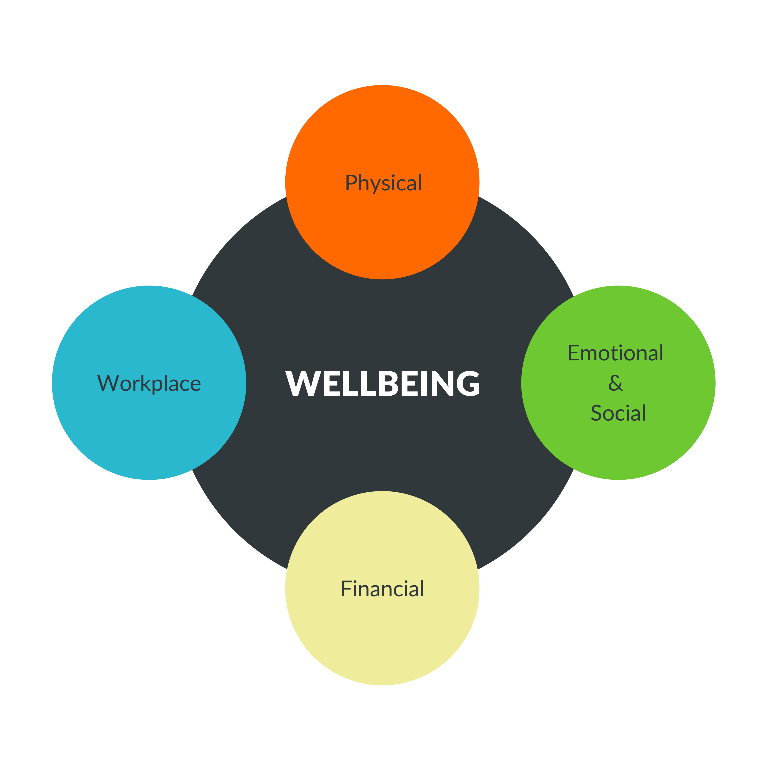Every year, mental health challenges effect one in four people. Research from the Mental Health Foundation (MHF)[1] shows that protecting our mental health is going to be central to us coping with, and recovering from, the coronavirus pandemic.
As we come steadily out of the more severe lockdown and into an in between period of the unknown, many may find it even more challenging to tackle feelings of anxiety, depression and other mental healthcare concerns. Many employers are currently in triage mode, trying to virtually support and engage a workforce, and maintain service levels to clients.
There’s never been a more important time to prioritise the wellbeing of your teams, but figuring out where to start can be tough in the current climate. Where many companies are already feeling the pressure of a completely upended Q1, the perception of added cost and time spent to implement a wellbeing strategy creates another hurdle. For those with existing strategies, there could be a temptation to cut costs around non-essential spending. There are other options, as a well-structured and delivered employee benefits investment will provide a real return.
For me, true wellbeing is a combination of what I like to call the ‘four pillars’: physical, emotional and social, financial and workplace.

Physical
Many studies and reports link poor physical health to poor mental health. Prioritising exercise, nutrition and sleep is key to combating stress and preventing illnesses such as heart disease and cancer. It’s also no surprise that physical exercise is recognised to improve both cognitive and psychological wellness. Finding an activity and exercise that is right for an individual can improve and accelerate both their physical and mental health. Even now, workplaces can support teams by promoting physical activity and other healthy habits such as staying hydrated, and taking regular breaks from sitting, even when working remotely.
Emotional and social
A main driver for the government to introduce ‘bubbles’ between households amidst the pandemic has been to combat loneliness and isolation. Many have spent upwards of 12 weeks alone, a social circumstance that can have catastrophic consequences for an individual’s mental wellbeing. Finding a balance between social interaction, self-reflection, mindfulness and being able to ask others for help when you need it are major steps to improving and maintaining a good sense of emotional and social balance. However, extra support such as Employee Assistance Programmes (EAPs) that offer short-term virtual counselling, referral services and other benefits could make a significant difference for someone struggling with their mental health and emotional wellbeing.
Financial
Whilst money might not buy happiness, it can often be the root cause of stress and worry. Financial worries are unique in that the impact of them can be felt across all other pillars; they can cause anxiety, physical reactions such as sleep loss and poor healthy habits, and even impact performance at work. In the current climate, the bottom line might not always allow for wage increases. However, businesses can provide support in other ways with employee benefits such as Health Cash Plans to cover the cost of routine healthcare, or rewards and reductions on dental or retail costs.
Workplace
In the old normal, you might have spent more time at work with your colleagues than you did with your family. The pandemic may well have shifted the balance to more time at home, and brought with it some unforeseen challenges. Many have experienced a juggling act of roles, from business owner to team leader, client development lead to, for some, school teacher. Building a workplace that recognises these challenges, as well as the strengths of your people, and provides support for their overall wellbeing, is critical. It will positively impact performance, and most importantly, health and wellbeing. Whether it’s flexible working, EAPs, or regular team catch ups (virtual or otherwise!), the culture and employee benefits you provide for your people can make a difference to the success of your business.
What’s your wellbeing strategy?
The four pillars of wellbeing are attainable, and a little support can go a long way in achieving them. My team and I are eager to understand the challenges you’re facing, and support you and your people to be well at work – physically, emotionally, and financially.
If you are a business owner or employer and have a wellbeing strategy, and are not sure if your approach is giving you the right returns or service, I’d welcome a discussion to look at your existing strategy and spend time to analyse what that could look like in the new normal. If you’re a business considering a wellbeing strategy for your people and workforce, I would welcome the opportunity to speak with you to help and support you where I can.
Find out more about Employee Benefits here. You can take a look at our latest blog on EAPs here.

